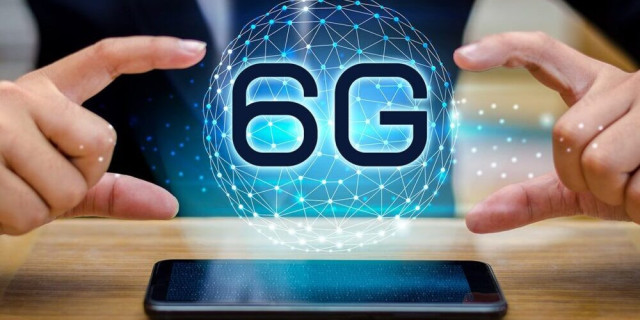- Home
- Sains
The Evolution of Mobile Networks: From 3G to 5G

Introduction
Mobile networks have revolutionized the way we communicate, access information and consume media. They have enabled us to connect with anyone, anywhere, at any time, using a variety of devices and applications. Mobile networks have also been a key driver of economic growth, social development and innovation. According to the International Telecommunication Union (ITU), there were more than 7.1 billion mobile subscriptions worldwide by the end of 2019, representing 91% of the global population.
The Third Generation (3G)
The third generation of mobile networks, or 3G, emerged in the early 2000s, offering faster data speeds and more advanced services than the previous 2G networks. 3G networks used a new technology called Wideband Code Division Multiple Access (WCDMA), which increased the capacity and efficiency of the spectrum. 3G networks also introduced new features such as video calling, mobile TV, online gaming and multimedia messaging. 3G networks enabled the first smartphones, such as the iPhone and Android devices, to access the internet and run various applications. By the end of 2019, there were about 2 billion 3G subscriptions worldwide, accounting for 26% of the total mobile subscriptions.
The Fourth Generation (4G)
The fourth generation of mobile networks, or 4G, emerged in the late 2000s, offering even faster data speeds and higher quality of service than 3G networks. 4G networks used a new technology called Long Term Evolution (LTE), which improved the performance and reliability of the network. 4G networks also supported new services such as high-definition video streaming, cloud computing, social media and e-commerce. 4G networks enabled the development of new devices such as tablets, smartwatches and wearable devices. By the end of 2019, there were about 4.1 billion 4G subscriptions worldwide, accounting for 53% of the total mobile subscriptions.
The Fifth Generation (5G)
The fifth generation of mobile networks, or 5G, is the latest and most advanced generation of mobile technology. It is expected to offer faster data speeds, lower latency, higher capacity and more flexibility than previous generations. 5G networks will use a new technology called New Radio (NR), which will operate on a wider range of frequencies and support multiple types of devices and applications. 5G networks will also use a new architecture called Network Slicing, which will allow operators to customize different network segments for different use cases and requirements. 5G networks will enable new services such as virtual reality, augmented reality, artificial intelligence, internet of things and smart cities. According to the GSM Association (GSMA), there will be about 1.8 billion 5G subscriptions worldwide by the end of 2025, representing 20% of the total mobile subscriptions.
- https://www.itu.int/en/ITU-D/Statistics/Documents/facts/FactsFigures2020.pdf
- https://www.gsma.com/futurenetworks/wp-content/uploads/2019/04/Road-to-5G-Introduction-and-Migration_FINAL.pdf
- https://www.qualcomm.com/invention/5g/what-is-5g
Related

China's satellite captures stunning photos of Earth from space
The Insta360 satellite, launched by China in November 2023, has sent back amazing images of our planet in 360 degrees.
Sains
China aims to commercialize 6G technology by 2030
China is leading the world in 6G research and development, with a satellite launched in 2020 to test terahertz communications.
Sains
The Evolution of Mobile Networks: From 3G to 5G
A brief overview of the history and development of 3G, 4G and 5G mobile networks
Sains
Kangaroo still on the loose in Oshawa, Ontario
A kangaroo that was seen hopping around the streets of Oshawa, Ontario, on Monday morning has not been captured yet.
Sains
Learn how Sains Rest Health can help you achieve optimal health and wellness
Learn how Sains Rest Health can help you achieve optimal health and wellness.
Sains
New Technology Breakthrough: C1C2, the Future of Computing
Scientists have developed a new technology called C1C2, which can perform complex calculations faster than ever before.
Sains
Sain Discovery: A New Way to Explore the Universe
Learn about the Sain Discovery, a breakthrough in astronomy that could revolutionize our understanding of the cosmos.
Sains

